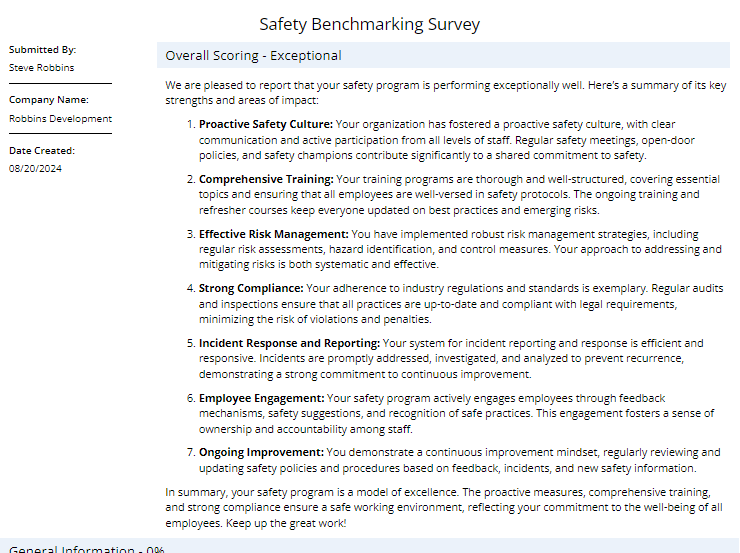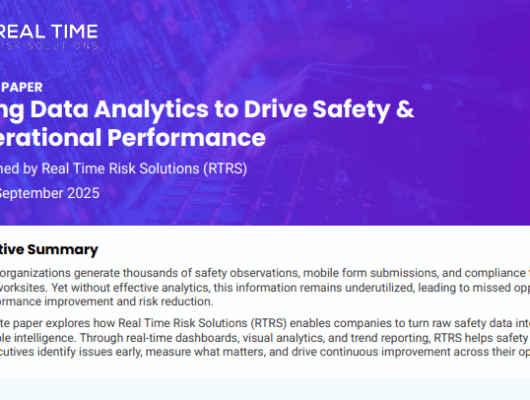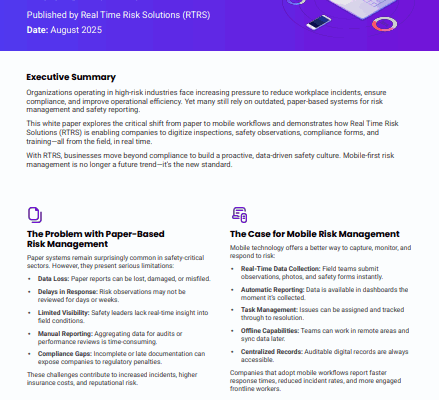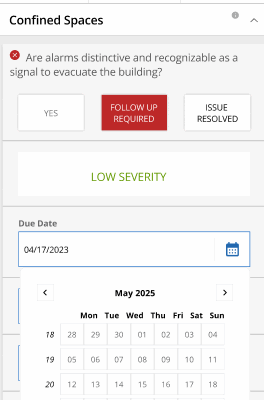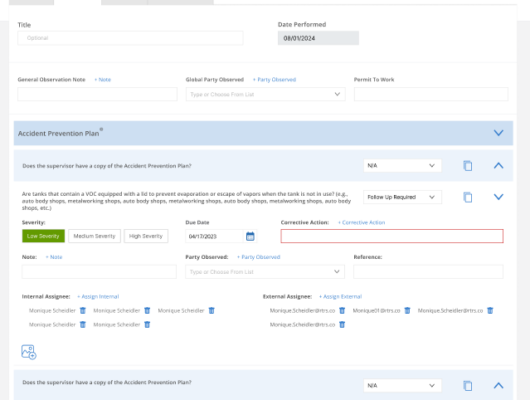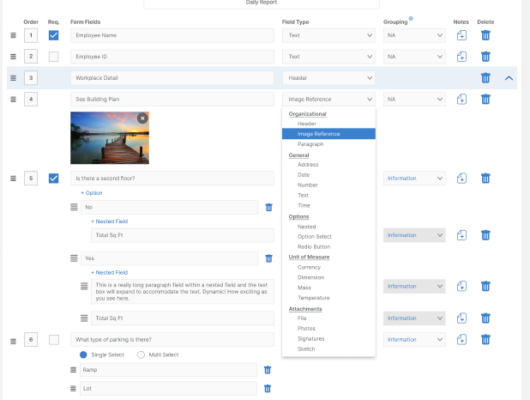Today RTRS introduced a new Automated Risk Assessment Module allows companies to create assessments that ask potential or existing customers various questions about their business. The assessment questions are weighted by leveraging a score key. Templates can be made for prequalifying companies, customer risk profiling, risk mitigation and risk underwriting.
Once an assessment has been developed companies can post it to their website using a URL that links to each assessment, embed assessment links in email signatures and even create QR Codes which, when clicked, opens the assessment for any company performing a self assessment.
When each company completes the assessment they are provided with a customized automated report that your company can configure based on the score they receive on each section. Your logo is included on the report and you can create hyperlinks within the report to services you can provide based on their score becoming a profit center for new business.
It’s completely automated for inbound marketing and prequalifying and is a Swiss army knife for companies with unlimited capabilities. RTRS is available to assist with a turn-key solution by building your assessments, providing scoring weights and producing risk recommendations for you as well.
The Automated Risk Assessment module can be particularly useful in insurance for several purposes, including:
Risk Assessment and Underwriting:
Policy Premium Calculation: Weighted assessments can help determine insurance premiums more accurately based on risk factors identified in the assessment.
Policy Premium Calculation: Weighted assessments can help determine insurance premiums more accurately based on risk factors identified in the assessment.
Underwriting Decisions: Assessments can assist underwriters in evaluating the overall risk profile of an applicant or insured entity, helping them make informed decisions about coverage and terms. For complex risks that need more information to feel comfortable putting out a quote, having a questionnaire to send to the agents is a must.
Claims Management:
Claims Evaluation: Weighted assessments can aid claims adjusters in evaluating the validity and severity of claims based on pre-defined criteria. This ensures consistency and fairness in claims processing.
Claims Evaluation: Weighted assessments can aid claims adjusters in evaluating the validity and severity of claims based on pre-defined criteria. This ensures consistency and fairness in claims processing.
Fraud Detection: By assigning weights to specific responses related to fraud indicators, assessments can help identify potentially fraudulent claims early in the process.
Customer Risk Profiling:
Customer Segmentation: Assessments can segment customers based on their risk profiles, allowing insurance companies to tailor products and services more effectively to different customer segments.
Customer Segmentation: Assessments can segment customers based on their risk profiles, allowing insurance companies to tailor products and services more effectively to different customer segments.
Customer Service Enhancement: Understanding the risk profile through assessments enables insurers to provide proactive risk management advice and services to customers.
Policyholder Risk Mitigation:
Risk Management Advice: Assessments can highlight areas of potential risk for policyholders, enabling insurers to offer targeted risk mitigation advice and support.
Risk Management Advice: Assessments can highlight areas of potential risk for policyholders, enabling insurers to offer targeted risk mitigation advice and support.
Premium Reduction Incentives: Insurers can incentivize policyholders to improve their risk profiles (e.g., through risk reduction measures) by adjusting premiums based on assessment results.
Regulatory Compliance:
Compliance Monitoring: Weighted assessments can ensure that insurance products and practices comply with regulatory requirements by incorporating regulatory criteria into the scoring key.
Compliance Monitoring: Weighted assessments can ensure that insurance products and practices comply with regulatory requirements by incorporating regulatory criteria into the scoring key.
Audit and Reporting: Assessments can facilitate regulatory audits and reporting by providing structured data on risk factors and compliance measures.


